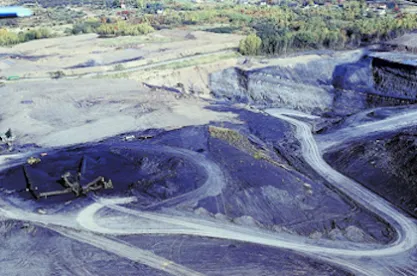Due to a recent court decision, metal/nonmetal mine operators are again facing the possibility of having to comply with two of the more onerous provisions of the Mine Safety and Health Administration’s (MSHA) workplace examination rule, 30 C.F.R. §§ 56.18002, 57.18002, as it was originally issued in 2017. Those provisions concern the timing of when the examination must be performed and what adverse conditions must be recorded on the examination record.
At the very end of the Obama administration in January 2017, MSHA promulgated a rule imposing new requirements for workplace examinations: Examinations of Working Places in Metal and Nonmetal Mines, 82 Fed. Reg. 7680 (January 23, 2017). Under the Trump administration, MSHA delayed enforcement of the 2017 version of the rule and then issued a significant revision: Examinations of Working Places in Metal and Nonmetal Mines, 83 Fed. Reg. 15,055 (April 9, 2018). It is the 2018 revision that has now been vacated in United Steel, Paper and Forestry, Rubber, Mfg., Energy, Allied Indus. and Serv. Workers Int’l Union, No. 18-1116 (D.C. Cir. 2019), a decision brought by labor unions against the U.S. Department of Labor (MSHA).
The 2018 revision changed two requirements imposed by the 2017 rule:
Timing of Exam.
The 2017 rule requires that each working place be examined at least once each shift before miners begin work in that place. The 2018 revision states that operators are to perform the shift workplace exam either before work begins or as work is beginning in the working place. This revision provided more flexibility to operators on this important element of timing. It also reduces the potential risk of a hazard arising during the interval between completion of the exam and miners entering the area to begin work.
Recording of Conditions.
The 2017 rule requires that all adverse conditions found in the exam be recorded. The 2018 revision only requires recording of adverse conditions that could not be corrected promptly. This revision relieves operators of the burden of documenting conditions that are fixed right away and therefore pose no safety risk. It also creates an additional incentive to fix conditions quickly.
Basis for the Court’s Decision
The U.S. Court of Appeals for the D.C. Circuit rejected the 2018 revision of the rule based on a Federal Mine Safety and Health Act provision, 30 U.S.C. § 811(a)(9), which prohibits MSHA from promulgating a rule that reduces the protection afforded miners by an existing safety or health standard. The court found that MSHA did not offer sufficient justification in the 2018 rulemaking for making the revisions to the 2017 rule under this no-less-protection limitation. Consequently, the court struck down the 2018 revision and ordered the agency to reinstate the 2017 version of the rule.
What Should Operators Do Now?
It is important to note that the court’s decision has not yet become final and MSHA has not yet announced any change in its requirements for exams. MSHA still has until early August to decide what action to take in response to the D.C. Circuit’s decision. Even if the agency does seek review of the court’s ruling, it is possible that MSHA may take other action short of immediate enforcement of the 2017 rule. If MSHA follows the same process it did previously on implementing the workplace examination rule, mine operators could expect the agency to phase in enforcement over time, while providing operators further information on what will be required and time to adjust their workplace exam program to the new requirements.
Another factor that may influence MSHA’s next steps is the case currently pending in the U.S. Court of Appeals for the Eleventh Circuit that challenges the original 2017 version of the rule: National Mining Ass’n v. U.S. Dep’t of Labor, No. 17-11207. The case has been briefed but has been stayed pending resolution of D.C. Circuit case.




 />i
/>i

